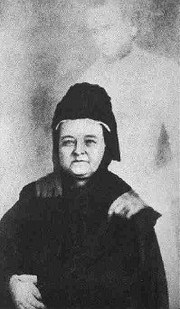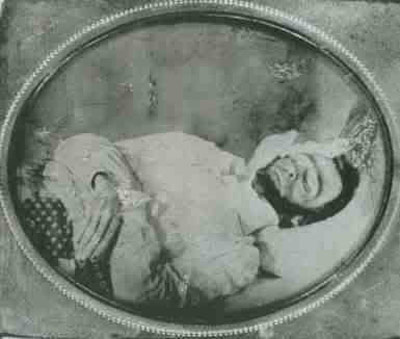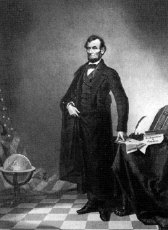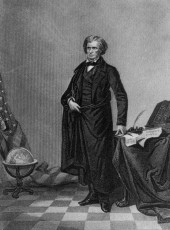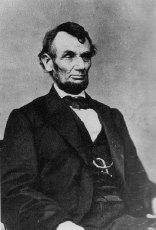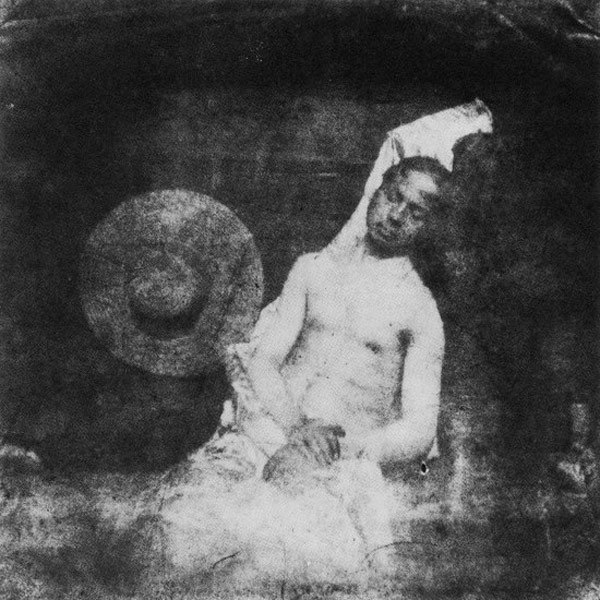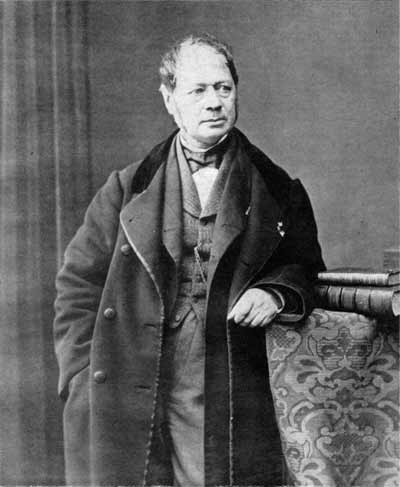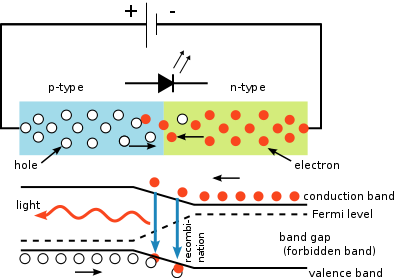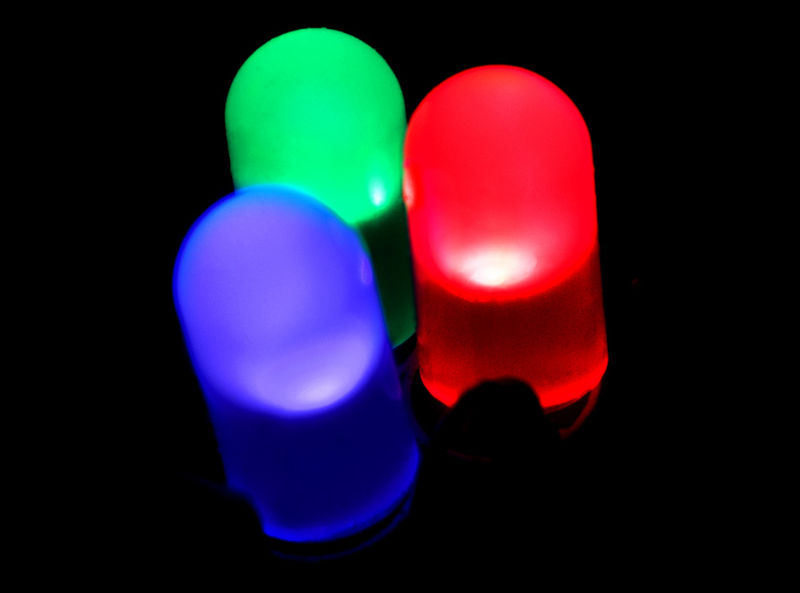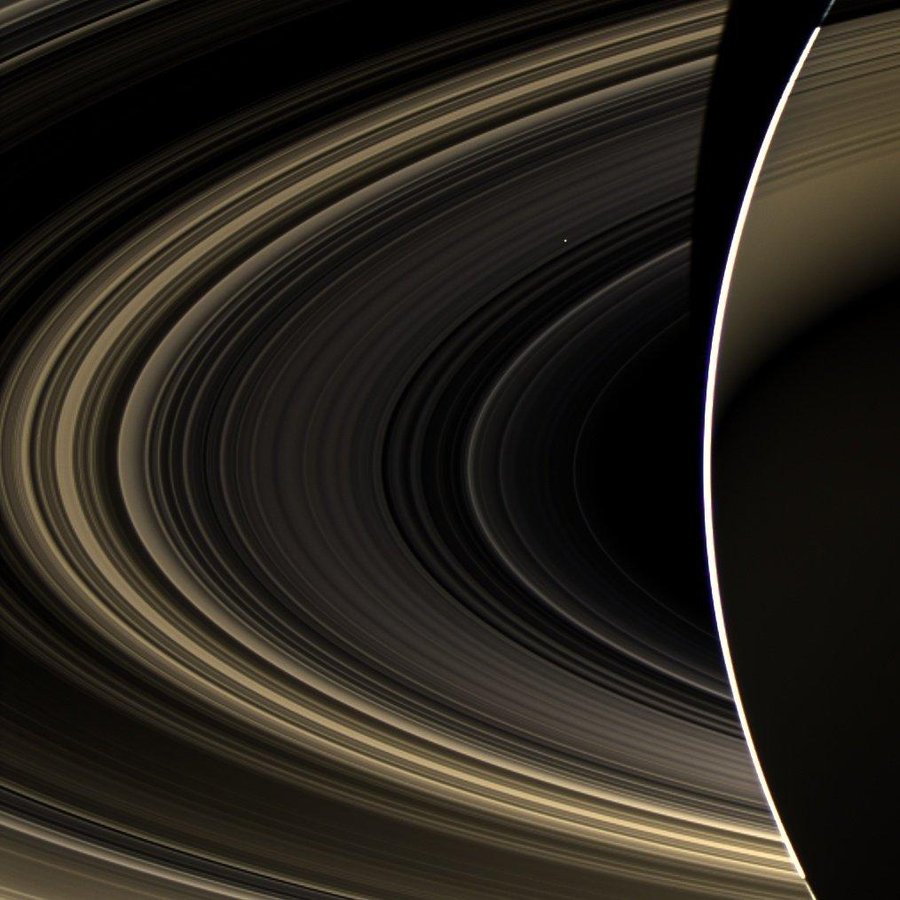I thought that it would be interesting to explore further this issue of photo-manipulation. Is it art or is it always a bad thing? Recently someone complained to me about the degree of manipulation being put it some digital images It’s always expressed today as “that was Photoshopped” or even merely “shopped.” This means that Photoshop has joined the elite pantheon of brands that have become catch-all verbs, like Xerox and Bing. Indeed, and I love this, the process of so much recognition that a word becomes universal has been referred to as “genericide.”
It is all, obviously a matter of context. In art anything goes (as long as it isn’t hateful, perverse, or exploitative). And I stick with those exceptions. But beyond these, in art image manipulation software is a tool that furthers the artist’s ability to express him- or herself. It is like any new artistic medium.Beyond that, we move into the high fidelity zones of science and press photography. In these two areas, the absolute truth is required – no image manipulation allowed.
In science, this gets really interesting. In the analogue days, films and papers were intrinsically nonlinear. Indeed, they were logarithmic in response. As a result, while dodging and burning were strictly forbidden, the very act of choosing a paper contrast grade was inherently manipulation, even though it was considered acceptable then. Today, you are expected to be linear. You can histogram equalize as long as the settings are maintained for experimental and control images and as long as you do not clip detail into the blacks. It’s a bit complicated and made even more so by imaging systems that automatically set all sorts of experimental parameters.
In press photography the big issue is that what you are photographing is real. That is that you haven’t removed details or added any. Photo-montage is a strictly forbidden. However, aesthetically tweaking the image, as we would an image in fine art photography, is allowed.
The problem with press photography is that it’s a close kissin’ cousin of advertising photography – and those guys will alter everything. The goal of advertising is to sell brand or politics, and they do it with a vengeance. And since the goal of press photography is to sell newspaper or television or other media, things start to get seriously blurred. However, it remains the responsibility of a free press to be truthful and to report. This is more and more forgotten today – still it remains paramount.
I’d like in the next few blogs to consider some of the classic examples of manipulated photography. At a superficial level it may appear that there is considerable grey involved in the deduction of whether a given example is good or bad in an ethical sense. I believe, however, that on careful consideration the absolute criteria remain. You don’t need Bertrand Russell, only your mother. Is it meant to fool or deceive? Is it meant to manipulate? Is it hateful, perverse, or meant to exploit? I think that the ultimate criteria remain. In art almost every manipulation is acceptable. In science and press photography almost no manipulation is acceptable. And as for advertising, I guess that we have to recognize it for what it is. But do remember, especially when politics is involved that the stakes are very high, and by dashing off a supposedly funny or telling political image on the web, however manipulated, we ourselves become manipulated pawns in the process.
